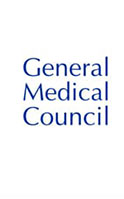Gynaecology
- Menstrual Disorders
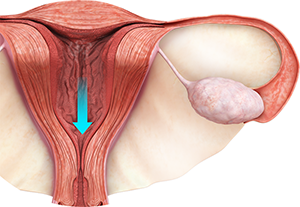
Menstruation is a major stage of puberty in girls and refers to physiological changes happening in women at regular intervals of 21-35 days. Menstrual period prepares women for sexual reproduction and fertilisation and having a regular menstrual cycle is a clear sign of a healthy individual.
Know More - Urinary Tract Infections
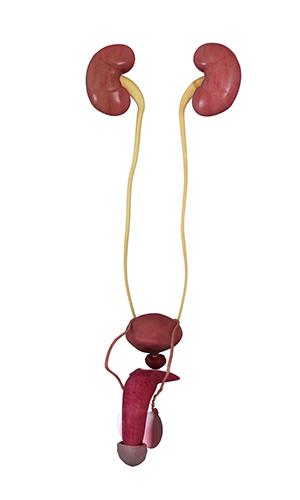
A urinary tract infection (UTI) is the infection of the urinary system which mainly includes the kidneys, ureters, bladder, prostate (in men) and urethra. Urinary tract infections occur when bacteria develop in the urinary system.
Know More - Fibroids
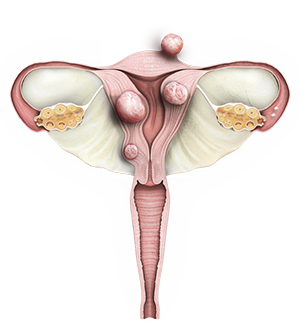
Fibroids refer to noncancerous growths that can develop in the tissues of the uterus. This is a common health condition affecting women in the reproductive ages between 16 to 50 years.
Know More Launch Movie - Ovarian Cysts
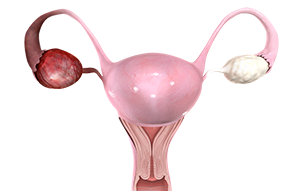
Ovarian cysts are sacs filled with fluid that form inside or on the ovaries. Ovarian cysts are very common and often don't have any symptoms. They are usually harmless and may disappear without treatment.
Know More - Amenorrhea
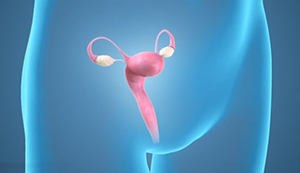
Amenorrhoea can occur due to stress, contraceptive use or while taking blood pressure drugs, antidepressants, antipsychotics or chemotherapy. Hormonal imbalances due to conditions such as polycystic ovary syndrome, pituitary cancer, and thyroid malfunction, and structural deformities such as uterine (womb) scarring or lack of reproductive organs, may also lead to amenorrhoea.
Know More - Pelvic Pain
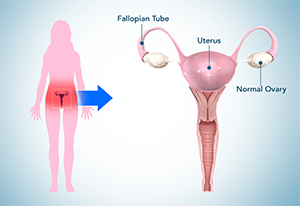
Pelvic pain is pain that occurs in the lower abdomen and pelvis. The pelvic region is the area between the umbilicus (belly button) and the groin in the front and between the buttocks at the back. Pelvic area mainly consists of reproductive, urinary and digestive systems such as uterus, bladder, and intestines.
Know More - Endometriosis
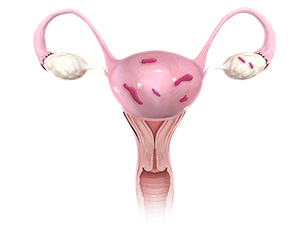
Endometriosis is a common gynaecological problem affecting women of reproductive age. It occurs when the tissues of the uterus start growing on surfaces of other organs in the pelvis. Endometrium may grow on ovaries, fallopian tubes, an outer surface of the uterus, pelvic cavity lining, vagina, cervix, vulva, bladder or rectum.
Know More - Irregular or Heavy Vaginal Bleeding/Menorrhagia

Menorrhagia is a condition characterised by abnormally heavy or extended menstrual bleeding. With menorrhagia, you may have adequate blood loss and pain that disturbs your normal activities.
Know More - Mirena IUS

Mirena is a T-shaped hormonal Intra Uterine Device (IUD) that provides long-term contraception (birth control). It continuously releases a small amount of the hormone progestin in the uterus for about 5 years.
Know More - HPV Screening

Coming Soon
Know More - Endometrial Polyps

Uterine polyps are non-cancerous tissue overgrowths of the endometrium, a tissue in the inner lining of the uterus, that extend into the uterus cavity.
Know More - Endometrial ablation

Endometrial ablation is a procedure to destroy (ablate) your uterine lining, also referred to as the endometrium.
Know More - Vaginal Discharge

Coming Soon
Know More





